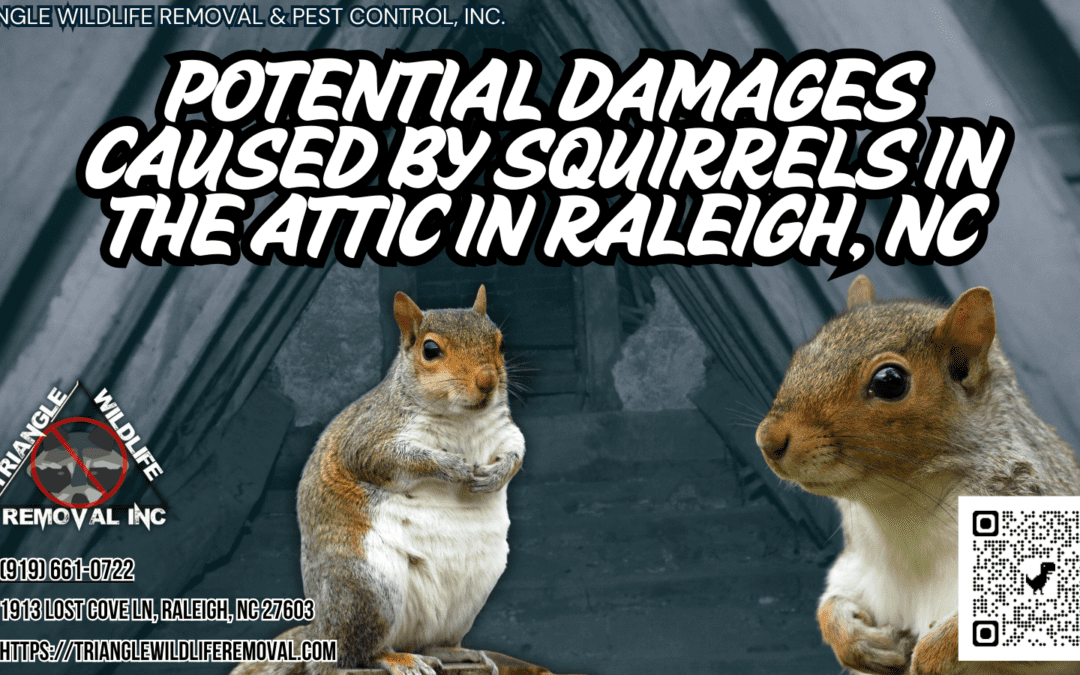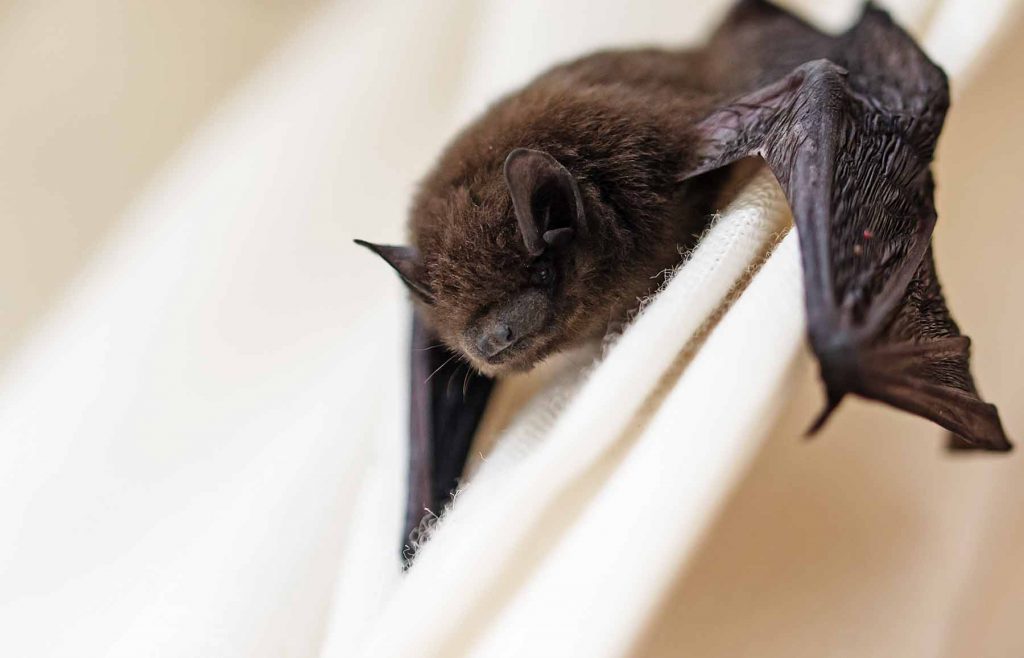The presence of squirrels in the attic can lead to a range of potential damages that homeowners should be aware of. From structural damage that compromises the integrity of the home to the risk of fire hazards caused by gnawing on electrical wires, these furry intruders pose a significant threat. Furthermore, the health risks associated with their droppings and the degradation of insulation can create an unhealthy environment. Additionally, the constant noise disturbance can disrupt daily life. Understanding these consequences is crucial for taking necessary action to address the issue effectively.
Key Takeaways
- Squirrels in the attic damage insulation, leading to energy inefficiency and structural issues.
- Chewing on wiring poses a fire hazard, risking power outages and appliance malfunctions.
- Squirrel activity in the attic increases health risks due to pathogens in droppings and urine.
- Nocturnal noises and nesting behaviors disrupt the peace at home and indicate potential structural harm.
Structural Damage
Squirrels in the attic can cause significant structural damage to a home, compromising its integrity and safety. These small rodents have a tendency to gnaw on various materials, including wooden beams and insulation, which can weaken the roof integrity over time. The constant chewing and nesting activities of squirrels can lead to holes in the roof, allowing moisture to seep in and potentially causing water damage.
Furthermore, squirrels are known to chew on electrical wiring, posing a serious fire hazard. When these critters damage the electrical wiring in the attic, it not only increases the risk of a fire breaking out but also can result in power outages and costly repairs. Additionally, the compromised wiring can disrupt the functioning of appliances and other electrical devices in the house.
To prevent such structural damage caused by squirrels in the attic, it is crucial to address any signs of infestation promptly and take measures to safely remove the pests from the premises. Regular inspection and maintenance can help safeguard the structural integrity and safety of the home.
Fire Hazard
The presence of squirrels in the attic poses a significant fire hazard due to their tendency to chew on electrical wiring. This behavior can lead to exposed wires, short circuits, and ultimately, a fire outbreak. To prevent such risks, homeowners should consider the following measures:
- Regular Inspections: Conduct routine checks of the attic to identify any signs of squirrel activity or damage to wiring.
- Sealing Entry Points: Seal off any potential entry points that squirrels could use to access the attic, such as gaps or holes in the roof or walls.
- Professional Assistance: Seek help from pest control professionals to safely remove squirrels from the attic and ensure that all wiring is intact and undamaged.
Health Risks
Exposure to the droppings and urine of wildlife in confined spaces like attics can pose serious health risks to individuals living in the affected premises. Squirrels, when they inhabit attics, can leave behind feces and urine that carry a variety of pathogens, bacteria, and parasites. These contaminants can lead to disease transmission through the air or by direct contact. Inhaling particles from dried droppings can result in respiratory issues, while direct contact may lead to skin irritation or even more severe health concerns.
One of the primary health risks associated with squirrel infestations in attics is the potential for disease transmission. The droppings and urine left behind by squirrels can harbor harmful bacteria such as salmonella and leptospirosis, which can cause serious illnesses in humans. Moreover, the accumulation of droppings and urine can attract insects like flies and parasites like fleas, further increasing contamination risks within the living environment.
It is crucial to address squirrel infestations promptly to mitigate these health risks and ensure the safety of individuals residing in homes with attic wildlife intrusions.
Insulation Degradation
Potential damages caused by squirrel infestations in attics extend beyond health risks to include significant concerns related to insulation degradation. Insulation degradation can lead to various issues that affect the overall well-being of the home and its occupants. Here are some key points to consider:
- Energy Efficiency: Squirrels can damage insulation by tearing it apart or compressing it, reducing its effectiveness. This can result in increased energy costs as the HVAC system works harder to maintain the desired temperature.
- Moisture Problems: Insulation degradation caused by squirrels can create openings that allow moisture to seep into the attic. Excess moisture can lead to mold growth, wood rot, and structural damage over time.
- Temperature Fluctuations: Damaged insulation may not be able to regulate indoor temperatures properly, leading to uncomfortable living conditions and potential temperature fluctuations throughout the home.
It’s essential to address insulation degradation promptly to maintain a comfortable living environment and prevent further damage to the property.
Noise Disturbance
Squirrel infestations in attics can cause significant noise disturbances, disrupting the peace and quiet of the home environment. These nocturnal creatures are most active during the early morning and evening hours, leading to sleep disruption for homeowners. Squirrels communicate with each other using various vocalizations, including chirps, barks, and squeals, amplifying the noise levels within the attic space.
The nesting habits of squirrels involve tearing and gnawing on materials to create a cozy den for their young. This behavior can result in property damage as they shred insulation, chew on wires, and create holes in walls. The constant scratching and scurrying noises can be not only annoying but also indicate potential structural harm.
To address noise disturbances caused by squirrels in the attic, it is crucial to identify and seal entry points, remove any existing nests, and consider humane trapping and relocation methods. By taking proactive measures to deter squirrels from inhabiting attics, homeowners can restore peace and quiet to their living spaces.

